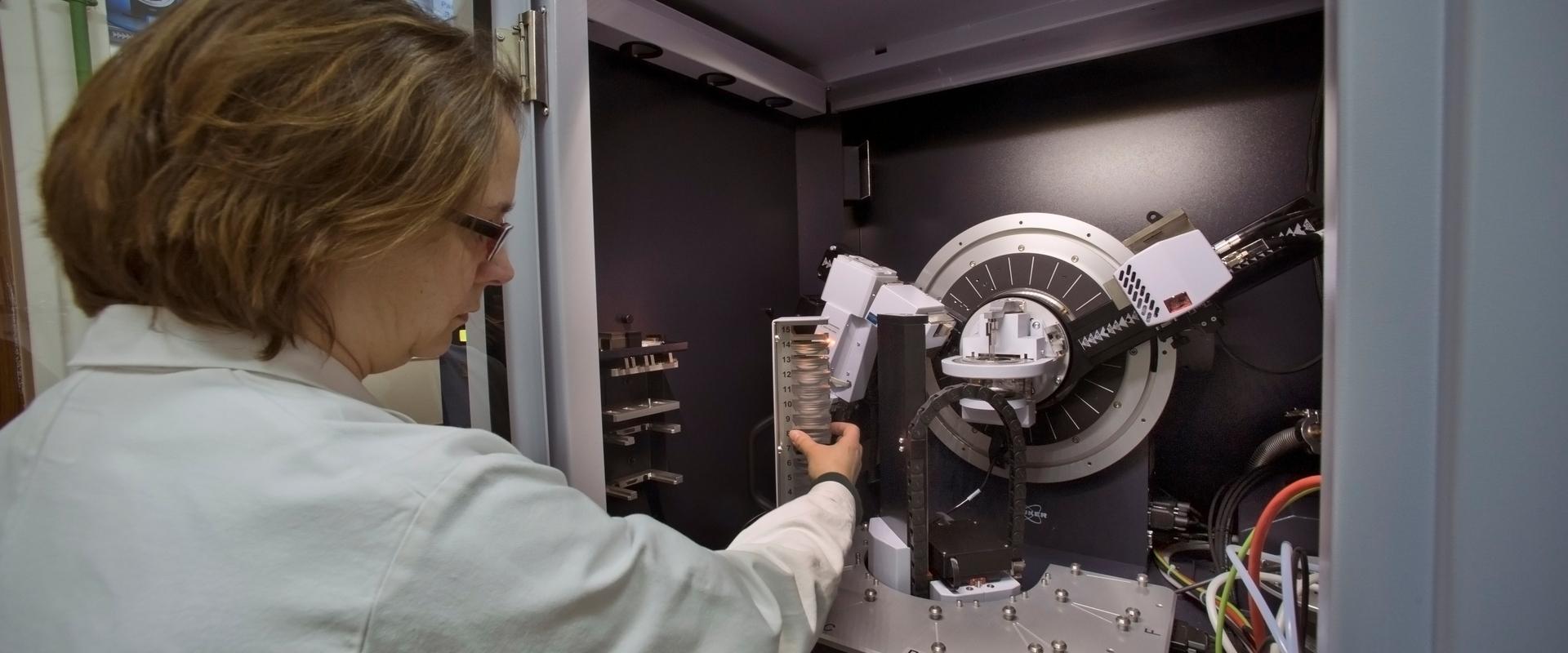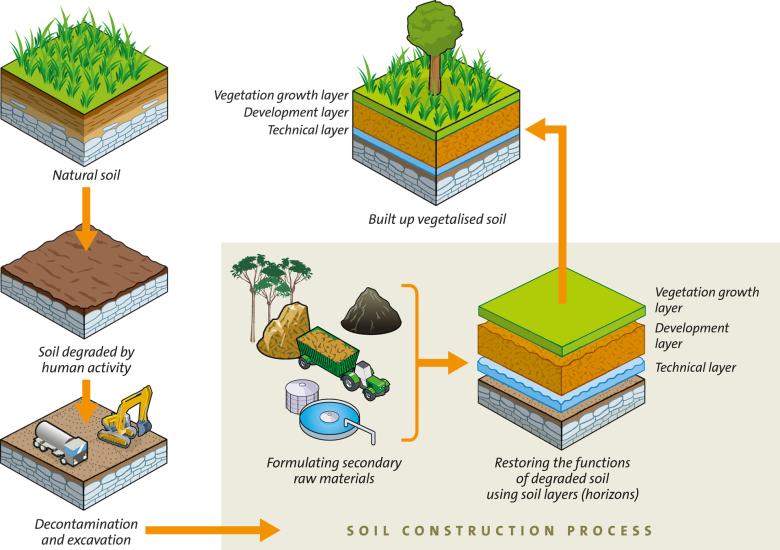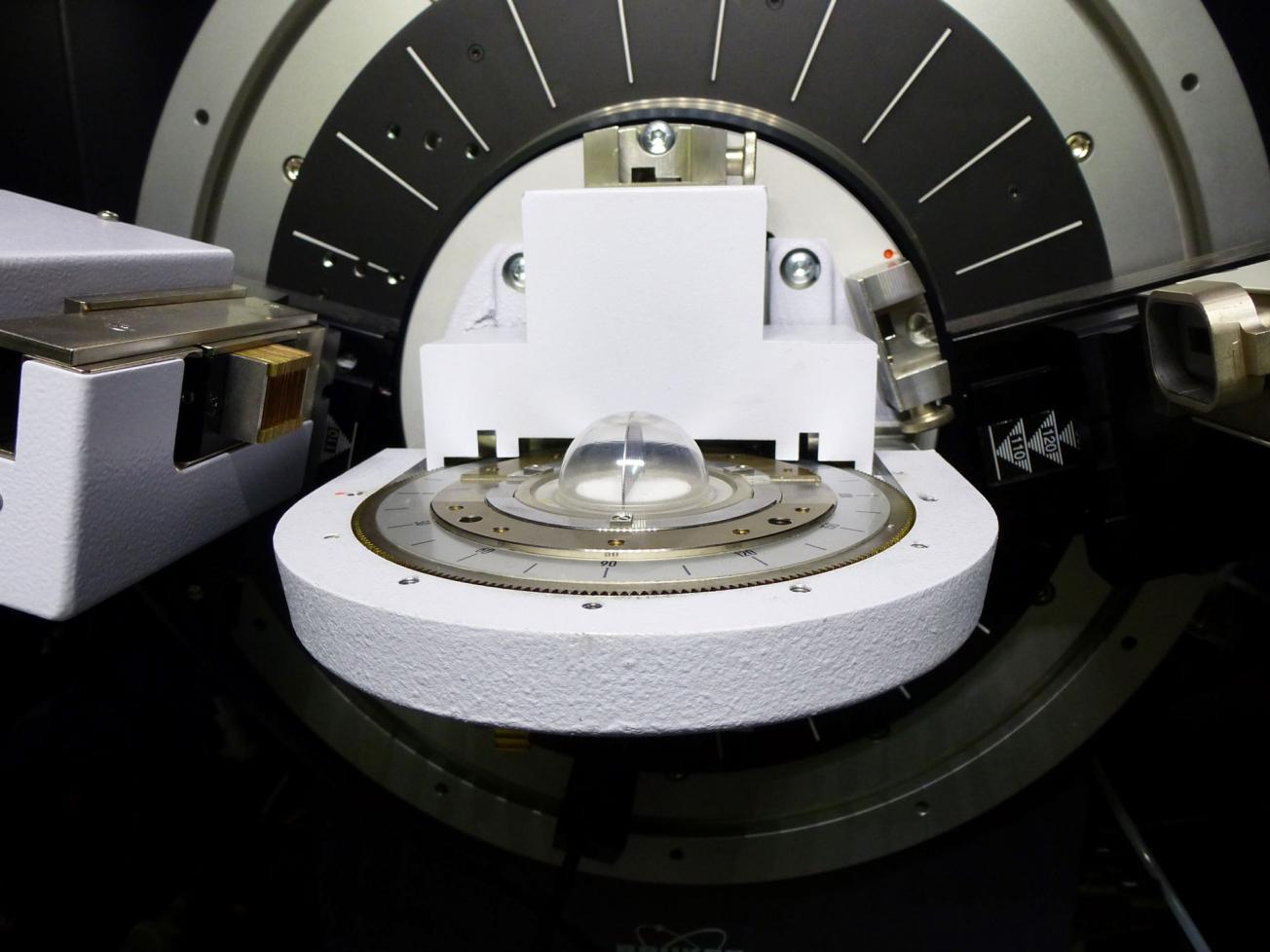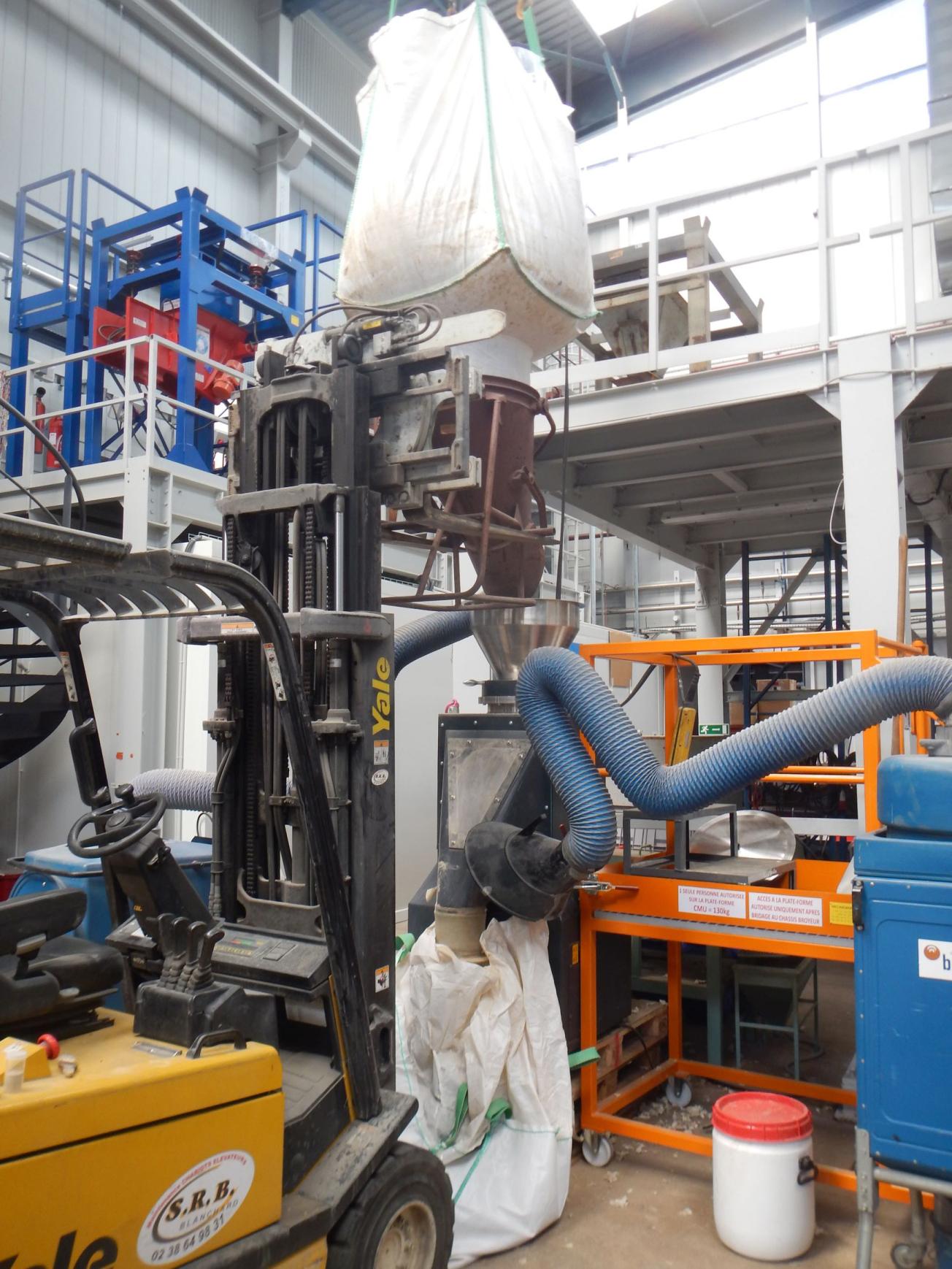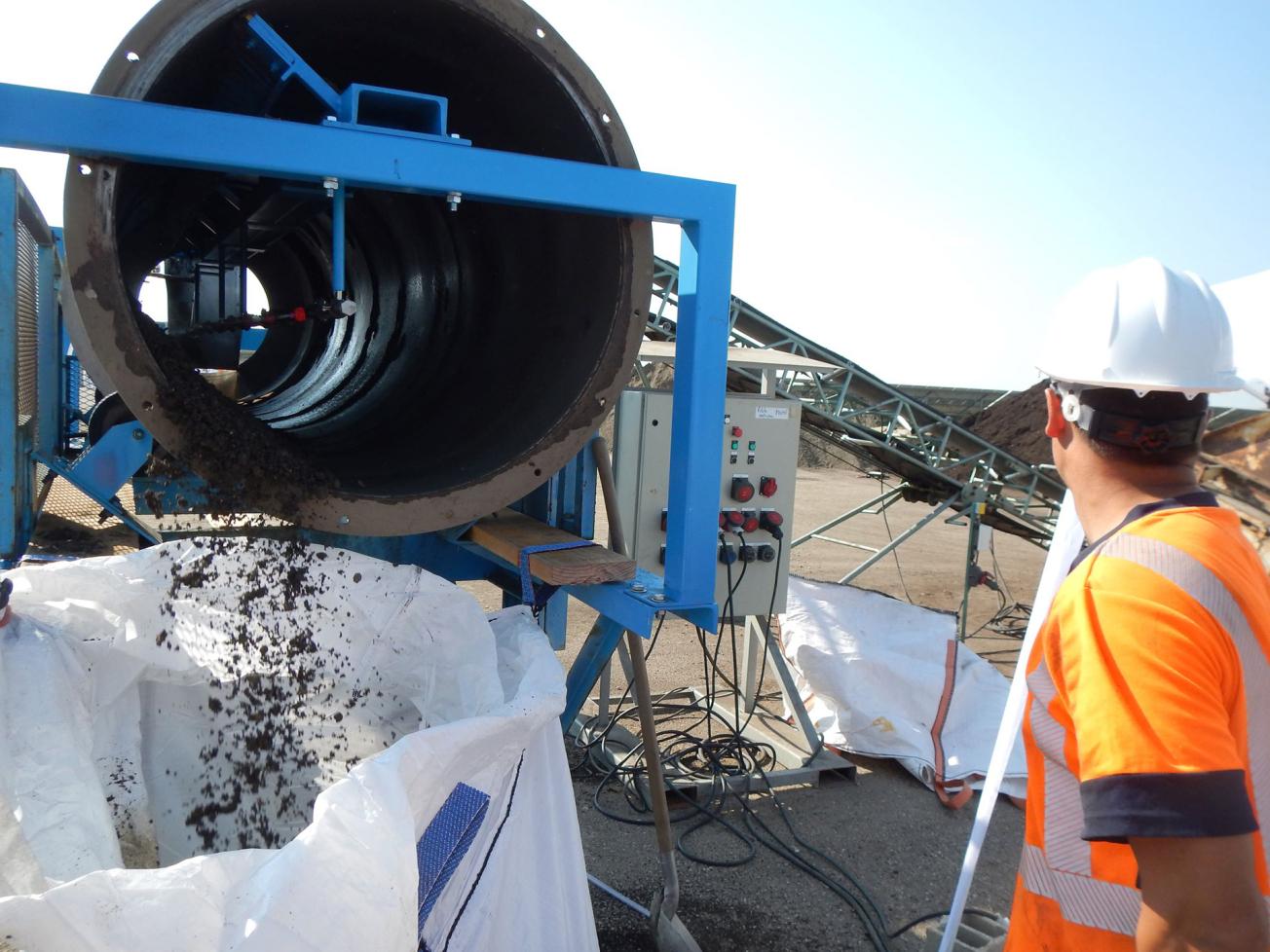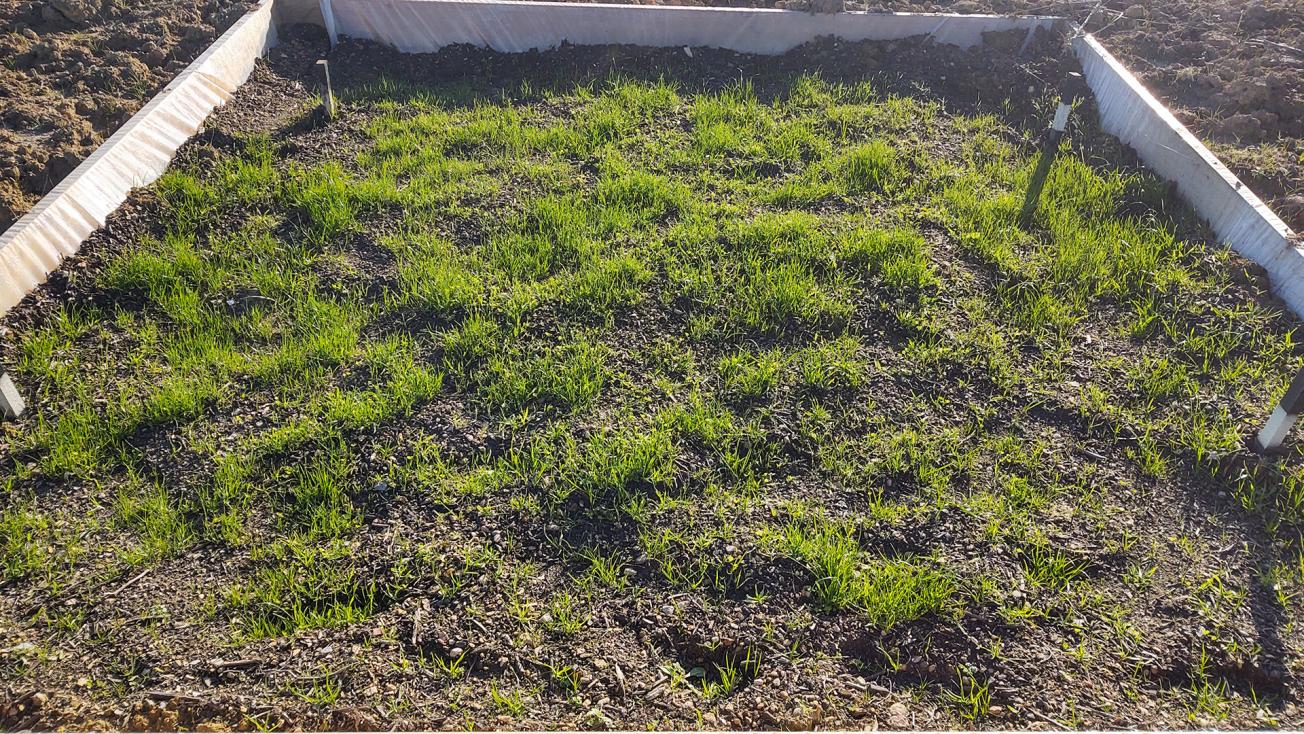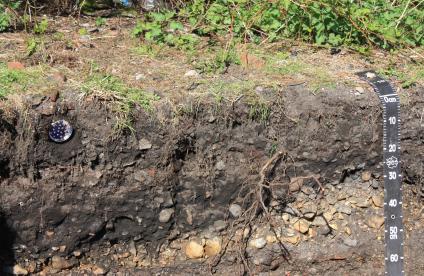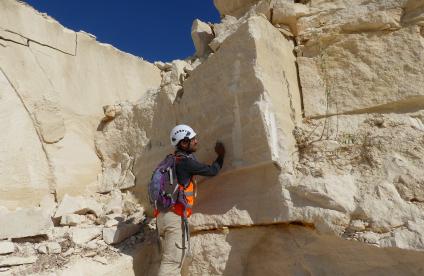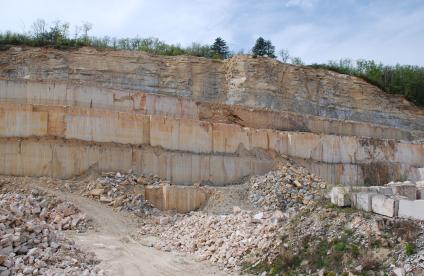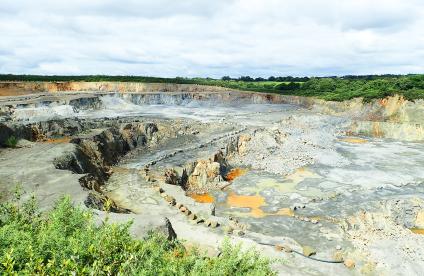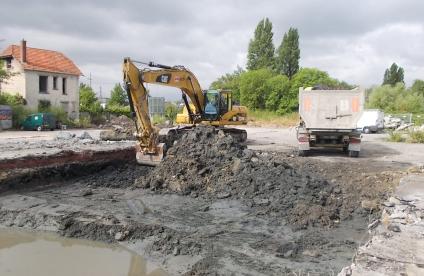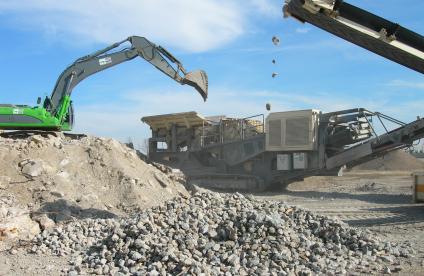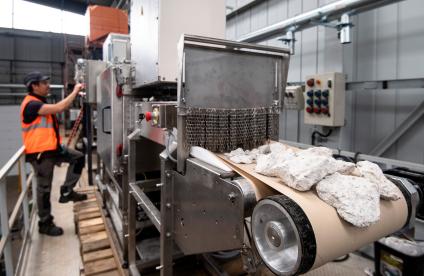Your issues and needs
Soil is a major link in ecosystems. Apart from supporting vegetation it also contributes to the water/nitrogen/carbon cycle, so much so that it is a major factor in the fight against climate change.
It is therefore of the utmost importance to restore soil wherever it has been damaged in order to regenerate artificially compacted ground by restoring fertile soil functions which include intense biological activity and are able to capture and sequester carbon on a long-term basis. Using the materials already on the site or its nearby surroundings also reduces the need for transport and land filling activities. In this way, this practice meets all the criteria of the circular economy.
Furthermore, for a landscaper or a community, rebuilding the soil along with Phyto management, directly or indirectly increases the site’s value thanks to:
- the regulation of the air, water and earth quality through phyto- or rhizodegradation, phytoextraction and phytostabilisation of potentially contaminated ground on site wastelands, that is reused.
- the increase in permeable surfaces in urban and suburban areas in order to fight against floods and increase the amount of vegetation in cities in order to build urban cooling islands.
- the development of space and habitats for the local fauna and flora which will blend into the regional “green and blue” corridors.
- the development of landscape amenities in which local residents can relax or pursue leisure activities.
- the introduction of plants that can be used for energy production, agromining and non-food crop industries that use plants for their fibre or chemical composition (such as bioplastics), and even urban agriculture on uncontaminated land.
Our added value
BRGM agents specialised in soil science, process engineering and geo-microbiology work with prime contractors to determine the feasibility of regenerating soil on degraded land by:
- characterising minerals and particle size in the on-site materials and identifying what needs to be added to optimise the “natural” fertility of the regenerated soil.
- optimising formulas by means of laboratory leaching and granulation trials.
- preparing and granulating materials for pilot trials in situ.
- setting up and monitoring pilot trials in order to optimise the “acquired” fertility of the renegerated soil.
- analysing the financial, environmental and regulatory viability of the operation.
Building fertile soil
Analytical tools and platforms
To do this, BRGM uses its analytical platforms and PLAT’INN, its testing hall. BRGM can also bring its equipment on site in order to process larger volumes (e.g., on the scale of tonnes per hour) such as during the granulation phase.
Some references
- SITERRE project (2010 - 2015) - Fertile soil built with recycled urban materials - ; see also “Créer des sols fertiles” (building fertile soils), 2016 Editions le Moniteur.
- BIOTUBES project (2017 - 2020) - Issues involved in reconverting a wasteland and how to evaluate its ecological restoration.
- AGREGE project (2018-2021) - Soil building through innovative materials for urban landscaping - AGREGation technique, Economique, environnementale et sociétale (technical, financial, environmental and societal aggregation).
References
Solutions


